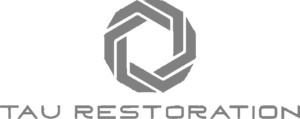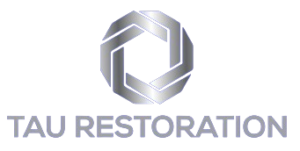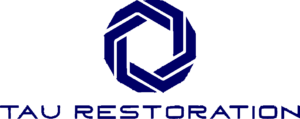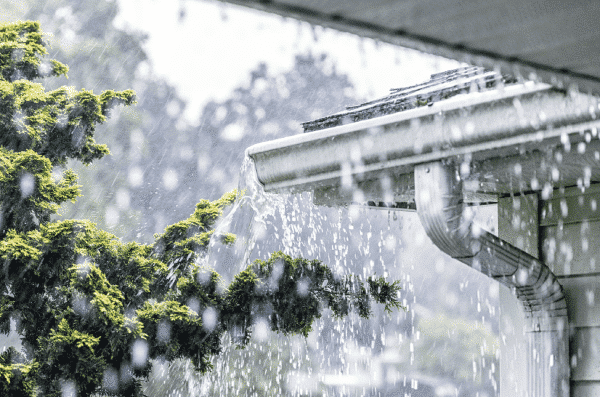ROOF LEAKS AND WATER INTRUSION
Water damage is one of the most destructive issues a property owner can face, and few sources of water intrusion are as deceptive and dangerous as roof leaks. When water begins to drip through your indoor ceiling, it often signals a much larger problem lurking above. Roof water intrusion isn’t just about a little rain sneaking past the shingles—it’s a red flag that water has already pooled in your attic and is likely causing structural damage and mold growth. The Hidden Threat Above Your Ceiling The attic is typically the first stop for water after it penetrates your roofing system. Most people don’t notice a roof leak until it becomes visible on the ceiling inside the home, but by the time it reaches that point, the damage is no longer minor. Insulation, wooden framing, drywall, and electrical components may all have already been exposed to moisture for days or even weeks. In fact, if you see water stains or active dripping indoors, there’s a strong chance that mold is already developing in your attic. Mold can begin to grow within 24 to 48 hours of water exposure, and once established, it spreads quickly through porous materials. Signs You Have a Roof Leak Keep an eye out for the following warning signs of roof water intrusion: Discoloration on your ceiling or walls Peeling paint or bubbling drywall Musty odors in your attic or upper floors Visible mold growth or dark staining on attic beams Dripping water during or after a storm Increased humidity in the upper levels of your home Even if these signs are subtle, they should never be ignored. Delayed action can lead to escalating problems, including structural deterioration, compromised insulation, electrical fire risks, and widespread mold contamination. Why Mold Is a Serious Concern When roof leaks go unnoticed or are allowed to continue, they create the perfect environment for mold growth. Mold thrives in warm, dark, and moist environments—exactly what your attic becomes after a roof leak. The danger here is twofold: Health risks: Mold spores can aggravate asthma, trigger allergic reactions, and in some cases lead to more serious respiratory issues, especially for children, the elderly, or anyone with compromised immune systems. Property damage: Mold weakens wood structures and can destroy drywall, insulation, and even HVAC components. Remediation becomes more expensive the longer the problem goes untreated. Steps to Take Immediately If you suspect roof water intrusion, immediate action is crucial. Start by containing the leak: place buckets or plastic sheeting under any active drips to catch water and minimize interior damage. If it’s safe to do so, inspect your attic for visible signs of damage. Look for pooled water, wet or sagging insulation, and dark patches that could indicate mold. This quick inspection can give you an idea of the severity of the issue and help inform your next steps. Next, contact a professional immediately. Mold remediation and roofing specialists have the tools and expertise to assess the full extent of the damage and carry out necessary repairs. Avoid the temptation to perform DIY fixes—roofing and mold are complex problems that require specialized solutions. Poor repairs can lead to worsening conditions and higher costs in the long run. Lastly, review your homeowner’s insurance policy. Most policies will cover sudden and accidental water damage, but mold growth resulting from neglect is often excluded. Understanding your coverage can help you plan financially for remediation and repairs. Prevention Is the Best Strategy While not all roof leaks can be predicted, you can take steps to minimize your risk: Schedule annual roof inspections Clean your gutters regularly Check attic ventilation and insulation Replace missing or damaged shingles promptly Look for signs of water intrusion after major storms Roof water intrusion is not just a nuisance; it’s a threat to the safety and integrity of your home. By the time you see signs indoors, water has likely already caused considerable damage in unseen areas. The faster you act, the more you can limit the damage and protect your property from costly repairs and health hazards. Stay vigilant, respond quickly, and always take roof leaks seriously.



